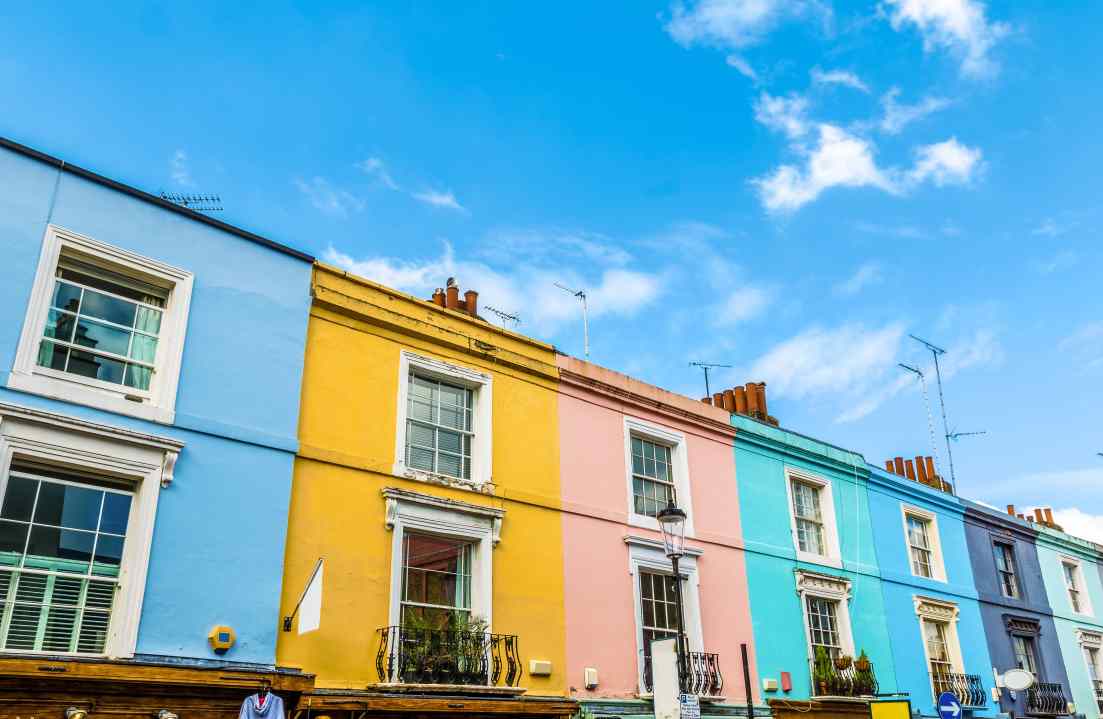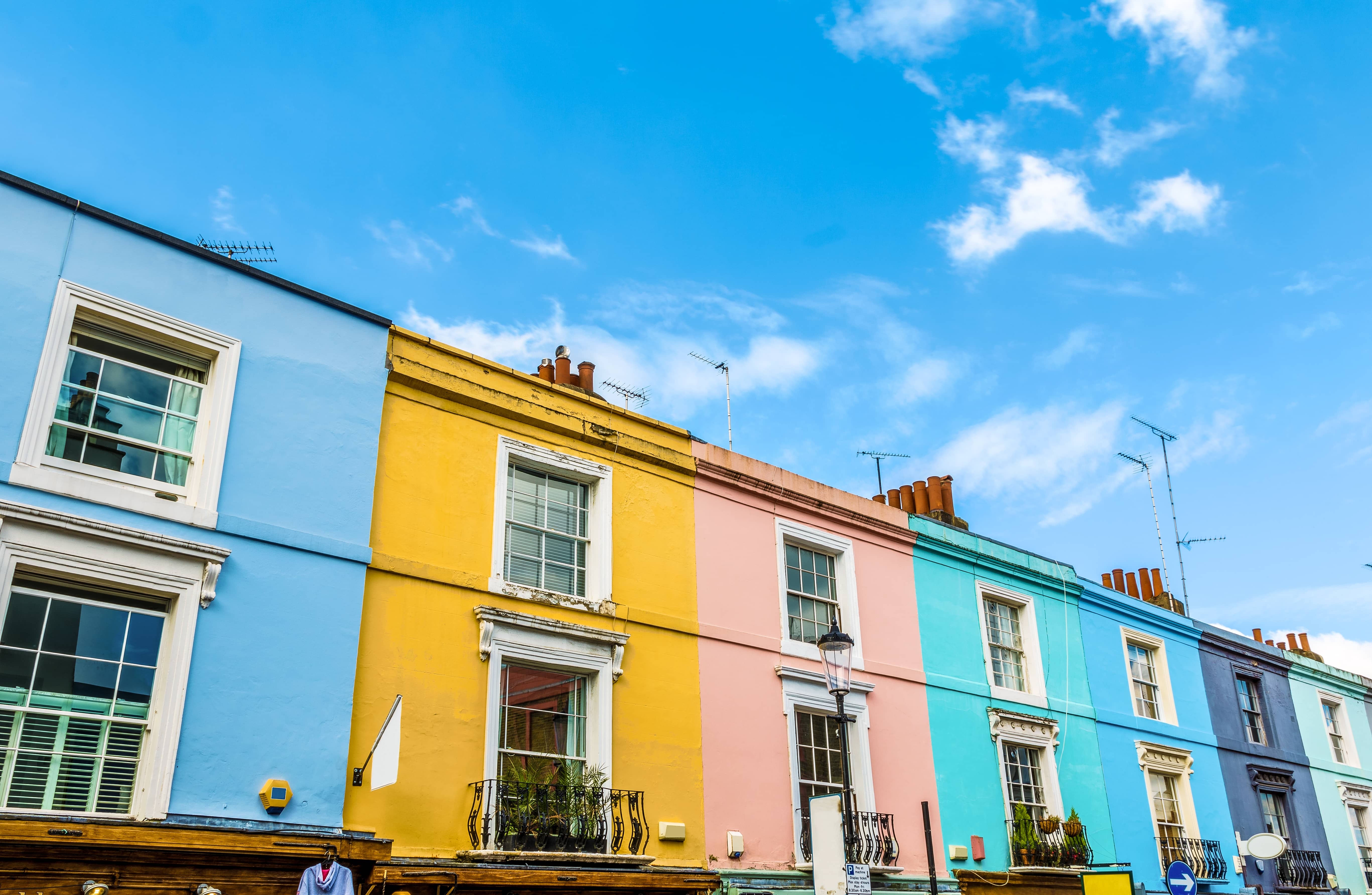So, the stamp duty holiday has finally come to an end, as the tapered reduction in discounts expires. Now it’s just a case of catching the flight home, getting the dog back from the kennels and watching as the tan fades. And, as with a fortnight in concrete hotel in Benidorm, it is time to start asking: was it really all worth it?
If the aim was to stimulate the housing market it was a runaway success – in the year to the 2nd quarter of 2021 there were 1.258 million residential transactions, compared with 996,050 in the same period in 2018/19. Proving the Laffer Curve in action, the latter stages of the stamp duty holiday have even succeeded in raising more revenue: government receipts in the first eight months of 2021 were £7.6 billion, £200 million than in the same period in 2019 as increased transactions made up for the fact that for much of that period owner-occupiers paying less than £500,000 for a home paid no stamp duty at all (investors were still paying a minimum of three percent, and stamp duty was still payable on all transactions above £500,000).
The Chancellor might care to reflect on whether it might have been better to reduce stamp duty permanently
But for property-buyers the benefits are a little more mixed.

Britain’s best politics newsletters
You get two free articles each week when you sign up to The Spectator’s emails.
Already a subscriber? Log in







Comments
Join the debate for just £1 a month
Be part of the conversation with other Spectator readers by getting your first three months for £3.
UNLOCK ACCESS Just £1 a monthAlready a subscriber? Log in